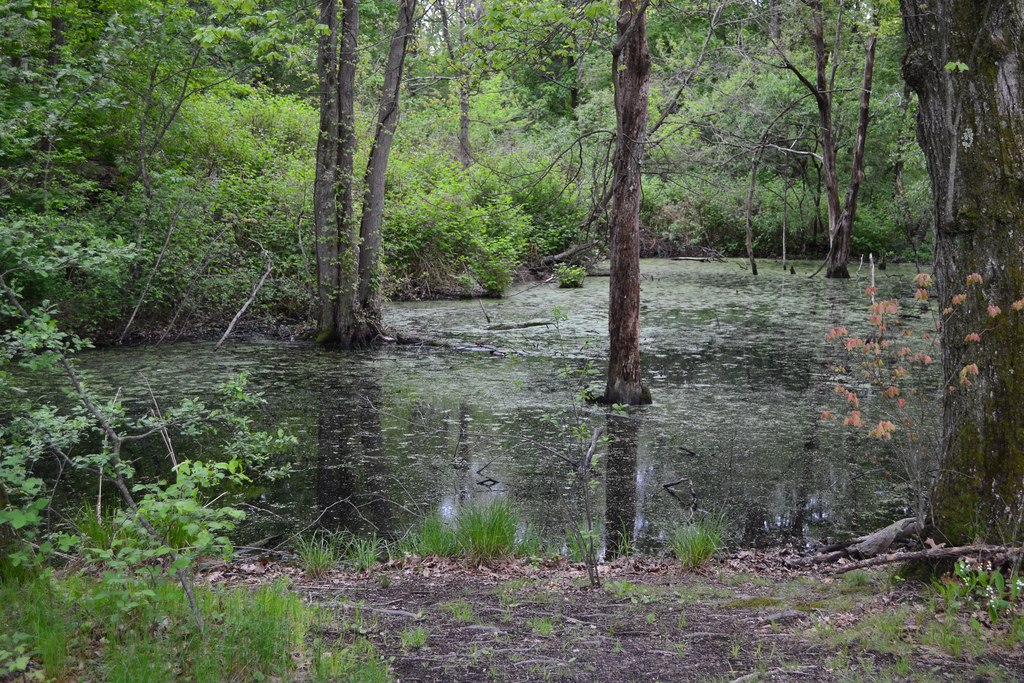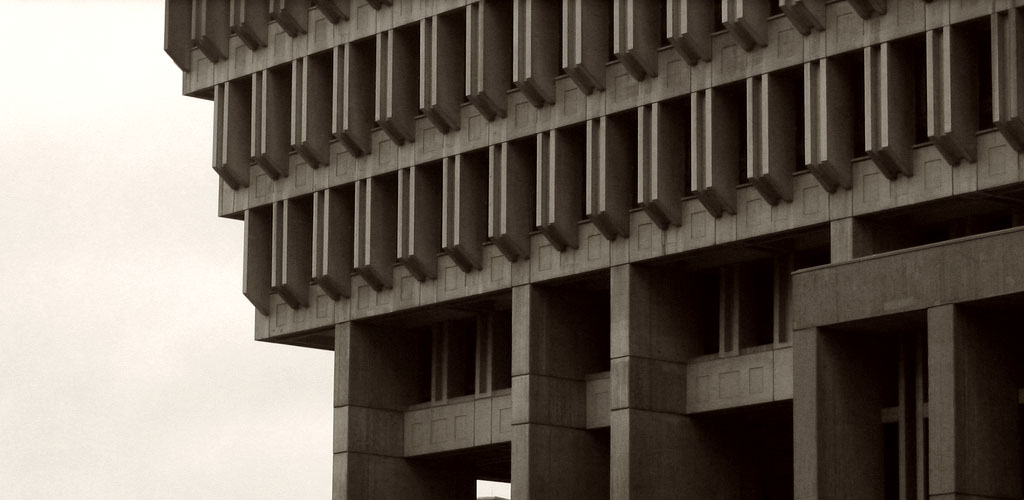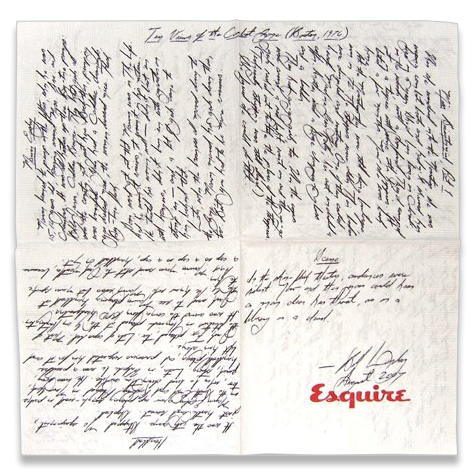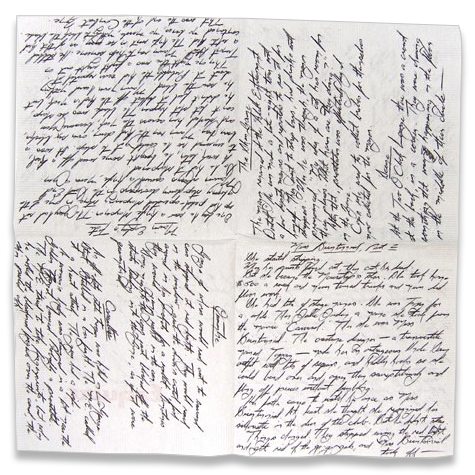Recently I updated this website to a more modern design. That required a review (still ongoing) of a lot of old blog posts whose format was not compatible with the new code. In the course of rummaging around in all that old material (the blog dates to May 2009), I came across this little article that I published on Esquire magazine’s website in 2007. It was part of a series called “The Last Line.” I had completely forgotten the piece. In it, I discuss the novel that, years later, would become Defending Jacob. Interesting how much I knew early on and also how little. Novel writing is a journey; here I am taking the first steps.
Fathers and Sons. (And Murder.)
Our question: “What is the last sentence you wrote and why?” Master of suspense William Landay answers and still manages to keep us guessing. (Published: Jul 31, 2007)
“I don’t know what I expected to find, blood stains or some such, but there was none of that.”
Why he wrote the last line: This line is from a first draft of a novel I’m working on. The story is told by Andy Lewis, a father approaching middle age, an ordinary suburban guy whose son is accused of that most extraordinary crime, murder. The son does not deny the murder but claims self-defense. In this scene, Andy, who happens to be a prosecutor, has wandered to the scene of the murder, alone, ostensibly to look for evidence.
That he finds none is important to me. It announces that this is not going to be another CSI-style mystery. The story will not turn on the arcana of forensic science. (“Aha! A hair follicle!”) I will tell you almost at the outset what happened, what this kid did, and you will read on anyway, to find out why he did it.
With this book I am moving away from the traditional plot-driven sort of mystery-suspense and toward a more psychological, interior sort of story. My first two novels are dissimilar in a lot of ways, but they are alike in one critical sense: both are intricate, tightly plotted mysteries. They are suspenseful in the way traditional mysteries are, which is to say, it matters “who dun it.” At least, it matters what exactly was done.
In my new book, which has no title yet, the suspense is not so much about who did what — that much is clear in the first few pages — but why he did it and how the crime affects everyone involved.
This story is a mystery, then, in the way all great stories are mysteries. The greatest mystery of all is other people, and understanding other people — empathizing, imagining what it like to be someone else — is the essential power of novels. I’d go so far as to say that recreating the interior, conscious experience of another person is the thing that novels do better than any other dramatic form.
I happen to have two sons, and I love them to no end. But they are individuals, with their own minds and their own wills. I can’t hope to know what it is really like to be them, what they think and feel. Like any fathers and sons, we are mysteries to one another. I think that’s a universal feeling. As fathers or sons, or mothers or daughters, we’ve all asked at some time or other, “What was he thinking?” This story simply imagines that question in an extreme situation: What if someone close to you, someone you loved and thought you knew, did something truly horrifying and unfathomable?



